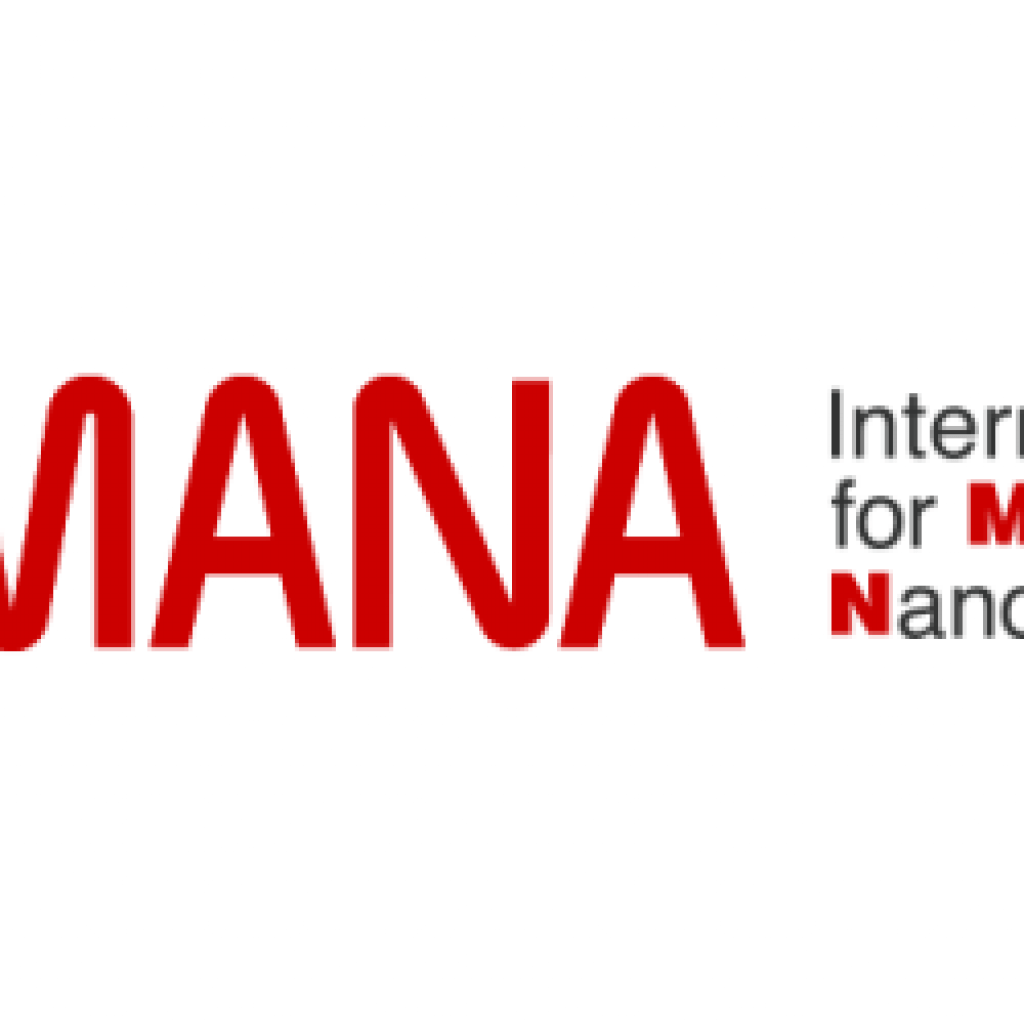(PRNewswire) The NIMS Quantum Materials Project is the International Center for Materials Nanlelectronics (WPI-MANA’s) newly formed group for research into creating and exploiting quantum materials. Recently the Japanese government selected a number of priority research projects and has directed funds toward them. One of the fields of interest is quantum technology — quantum computing, quantum information and so on.
WPI-MANA recently conducted informational interviews with two scientists of the NIMS project and asked them to explain their research and the purpose. Interviewees were: Kazunari Yamaura, Nano-Materials Field, Quantum Solid State Materials Group; and Taichi Terashima, Nano-System Field, Quantum Material-Properties Group. IQT-News summarizes the interviews here:
Yamaura: I am focusing on developing quantum materials using high-temperature and high-pressure synthesis methods. These methods are advantageous to develop materials and properties in general. One target is to develop the quantum properties of polarized metals.
Terashima: My research involves finding ways to determine the Fermi surface of metals by quantum oscillation measurements and magnetotransport properties in magnetic fields. The Fermi surface, also known as the “face” of a metal, is a straightforward example of the nature of conduction electrons in a metal. The Fermi surface gives us a picture of how electrons will behave if some external stimuli are applied.
− What are some possible applications that might arise from your work?
YAMAURA: I do not have a specific target in applications at this moment. Usually, the materials we study are very far from real applications. This is not uncommon in basic scientific research, but it can be a real disadvantage when we’re looking for funding!
Although, having said that, I have started investigating the quantum properties of polarized metals, which are single substances that show multiple properties of dielectric and metallic conductivity. This is a relatively new possibility that was recently theoretically suggested, and if it is realistic, we can expect to use polarized metals in an expanded range of technical applications, such as quantum and communications devices.
TERASHIMA: A lot of our research here at MANA is not directly related to applications. But it is still crucial work that moves the field forward. For example, it is crucial to know the properties of electrons in solids — many of the macroscopic properties materials exhibit are due to the behavior of the electrons in them.
